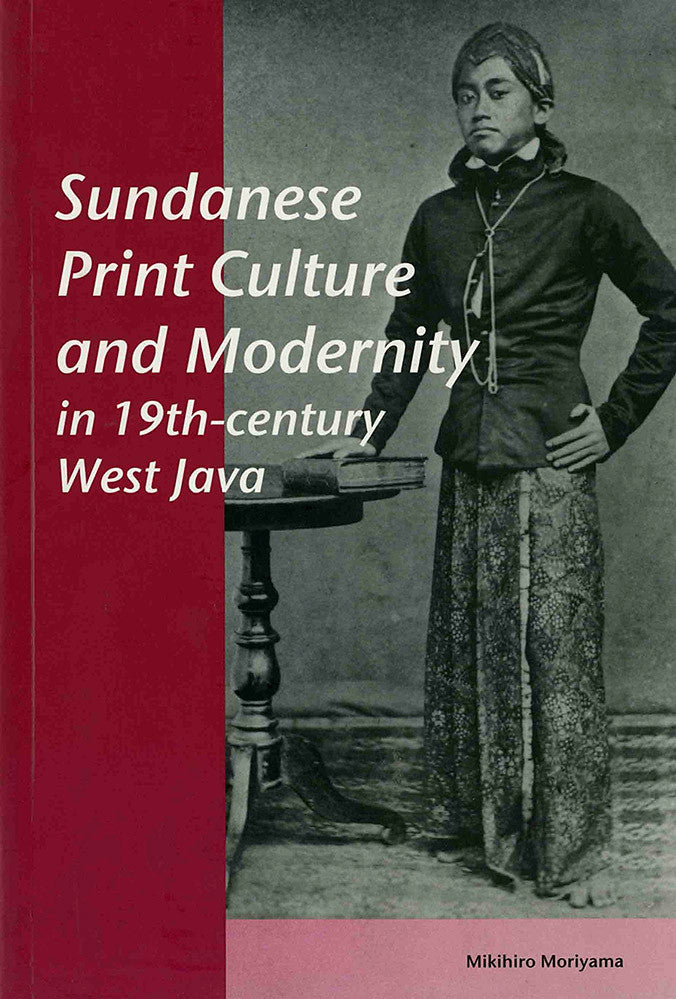Sundanese Print Culture and Modernity in 19th Century West Java
$38.00 SGD
Sundanese Print Culture and Modernity in 19th Century West Java traces the development of modern printed books written in Sundanese, the dominant language in West Java, Indonesia, and the mother tongue of about 30 million people.
Starting with the 'discovery' of Sundanese by Europeans in the early 19th century, Mikihiro Moriyama follows the developments in the ensuing century when a small group of Dutch scholars and colonial officials reshaped the language and its literature over the next one hundred years. Schools taught Sundanese, and printed materials based on western concepts began to influence indigenous writing and oral tradition. The imposition of European standards of literary aesthetics shaped a modernity that rejected traditional knowledge in favour of rational and empirical paradigms. Interest in traditional poetry and its mythologies declined, and new forms of prose, including novels, captured the attention of the reading public. These materials promoted useful knowledge and morality, and encouraged deference and loyalty towards colonial authority.
Early in the 20th century, the establishment of the Commissie voor de Inlandsche School- en Volkslectuur (Committee for Indigenous Schoolbooks and Popular Reading Books), a government-subsidised institution, provided the growing number of literate people in the Indies with 'good' and 'appropriate' reading materials. Its development marked the end of an era when Sundanese writing competed with Western-style schools and publications, and signalled the triumph of the new colonial modernity.
Mikihiro Moriyama was previously Professor of Indonesian Studies at Nanzan University, Japan.
Publication Year: 2005
304 pages, 229mm x 152mm
ISBN: 978-9814-722-99-5, Paperback
NUS Press

